Érick Oliveira Rodrigues
Software multiplataforma para a segmentação de vasos sanguíneos em imagens da retina
Aug 30, 2023Abstract:In this work, we utilize image segmentation to visually identify blood vessels in retinal examination images. This process is typically carried out manually. However, we can employ heuristic methods and machine learning to automate or at least expedite the process. In this context, we propose a cross-platform, open-source, and responsive software that allows users to manually segment a retinal image. The purpose is to use the user-segmented image to retrain machine learning algorithms, thereby enhancing future automated segmentation results. Moreover, the software also incorporates and applies certain image filters established in the literature to improve vessel visualization. We propose the first solution of this kind in the literature. This is the inaugural integrated software that embodies the aforementioned attributes: open-source, responsive, and cross-platform. It offers a comprehensive solution encompassing manual vessel segmentation, as well as the automated execution of classification algorithms to refine predictive models.
On the Automated Segmentation of Epicardial and Mediastinal Cardiac Adipose Tissues Using Classification Algorithms
Aug 30, 2022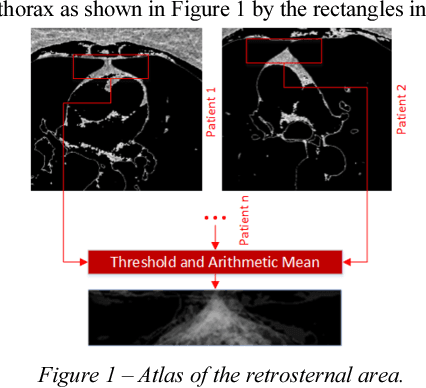
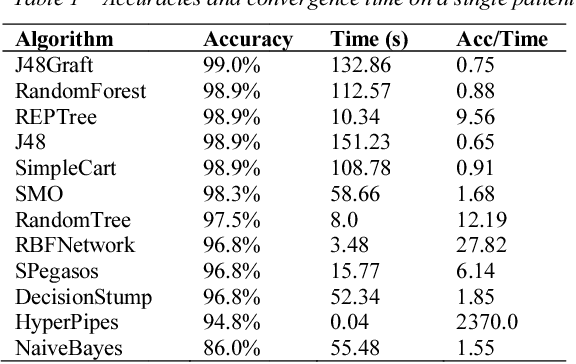
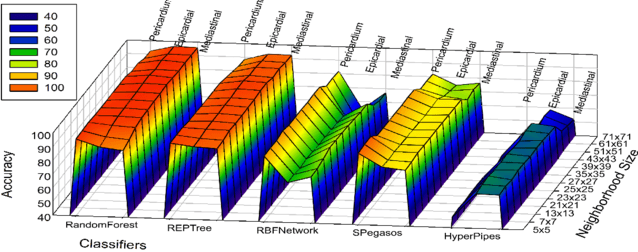
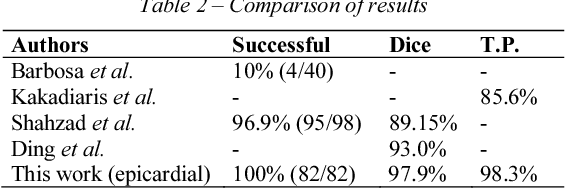
Abstract:The quantification of fat depots on the surroundings of the heart is an accurate procedure for evaluating health risk factors correlated with several diseases. However, this type of evaluation is not widely employed in clinical practice due to the required human workload. This work proposes a novel technique for the automatic segmentation of cardiac fat pads. The technique is based on applying classification algorithms to the segmentation of cardiac CT images. Furthermore, we extensively evaluate the performance of several algorithms on this task and discuss which provided better predictive models. Experimental results have shown that the mean accuracy for the classification of epicardial and mediastinal fats has been 98.4% with a mean true positive rate of 96.2%. On average, the Dice similarity index, regarding the segmented patients and the ground truth, was equal to 96.8%. Therfore, our technique has achieved the most accurate results for the automatic segmentation of cardiac fats, to date.
A novel approach for the automated segmentation and volume quantification of cardiac fats on computed tomography
Dec 21, 2021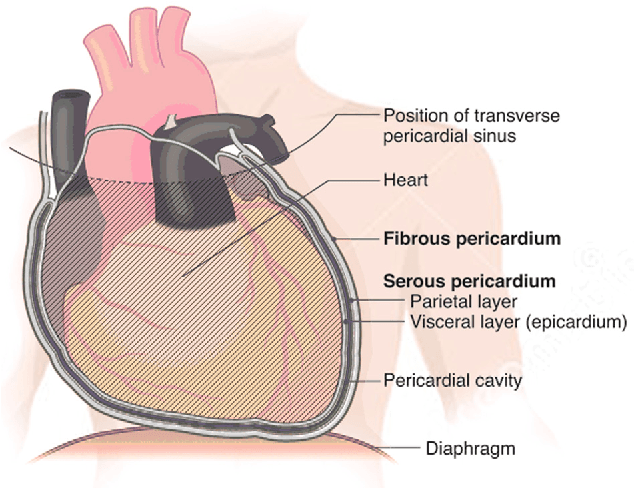
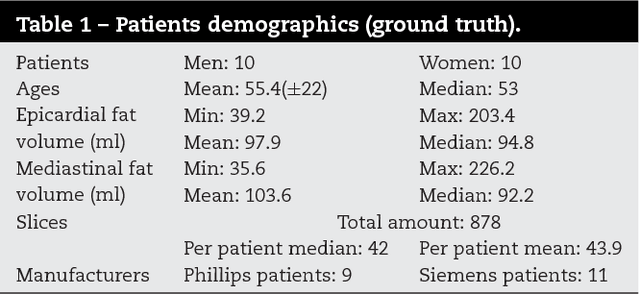
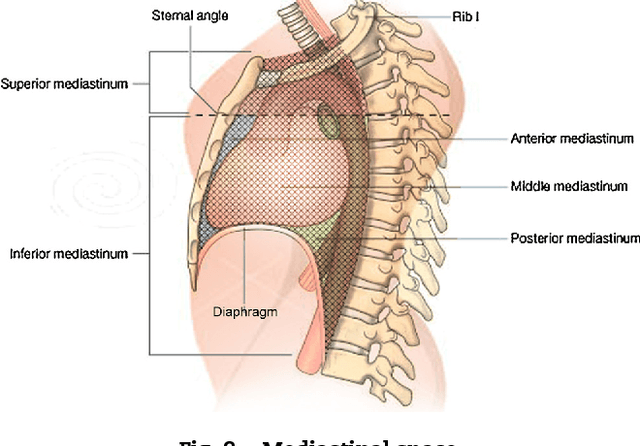

Abstract:The deposits of fat on the surroundings of the heart are correlated to several health risk factors such as atherosclerosis, carotid stiffness, coronary artery calcification, atrial fibrillation and many others. These deposits vary unrelated to obesity, which reinforces its direct segmentation for further quantification. However, manual segmentation of these fats has not been widely deployed in clinical practice due to the required human workload and consequential high cost of physicians and technicians. In this work, we propose a unified method for an autonomous segmentation and quantification of two types of cardiac fats. The segmented fats are termed epicardial and mediastinal, and stand apart from each other by the pericardium. Much effort was devoted to achieve minimal user intervention. The proposed methodology mainly comprises registration and classification algorithms to perform the desired segmentation. We compare the performance of several classification algorithms on this task, including neural networks, probabilistic models and decision tree algorithms. Experimental results of the proposed methodology have shown that the mean accuracy regarding both epicardial and mediastinal fats is 98.5% (99.5% if the features are normalized), with a mean true positive rate of 98.0%. In average, the Dice similarity index was equal to 97.6%.
Combining Minkowski and Chebyshev: New distance proposal and survey of distance metrics using k-nearest neighbours classifier
Dec 21, 2021
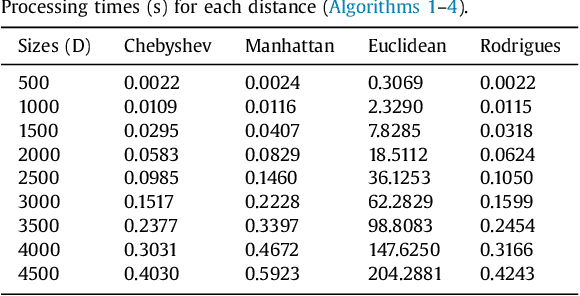
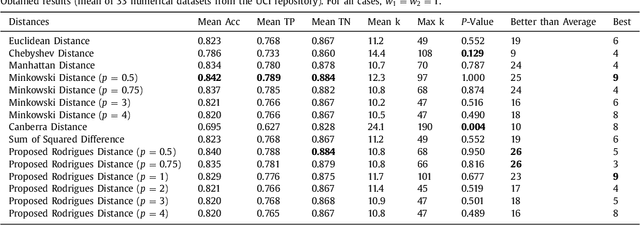
Abstract:This work proposes a distance that combines Minkowski and Chebyshev distances and can be seen as an intermediary distance. This combination not only achieves efficient run times in neighbourhood iteration tasks in Z^2, but also obtains good accuracies when coupled with the k-Nearest Neighbours (k-NN) classifier. The proposed distance is approximately 1.3 times faster than Manhattan distance and 329.5 times faster than Euclidean distance in discrete neighbourhood iterations. An accuracy analysis of the k-NN classifier using a total of 33 datasets from the UCI repository, 15 distances and values assigned to k that vary from 1 to 200 is presented. In this experiment, the proposed distance obtained accuracies that were better than the average more often than its counterparts (in 26 cases out of 33), and also obtained the best accuracy more frequently (in 9 out of 33 cases).
Deep Learning Models for Visual Inspection on Automotive Assembling Line
Jul 02, 2020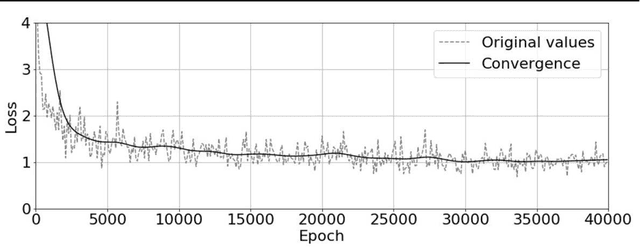

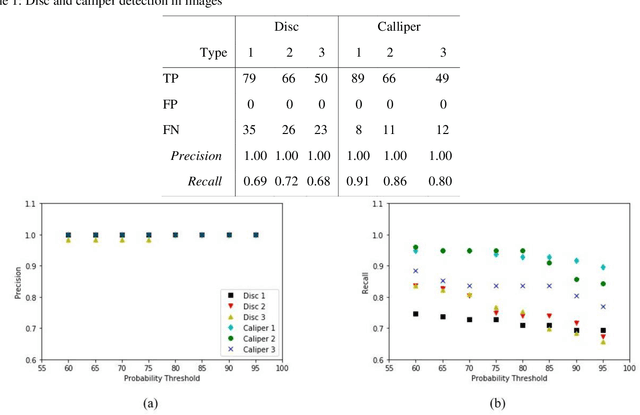

Abstract:Automotive manufacturing assembly tasks are built upon visual inspections such as scratch identification on machined surfaces, part identification and selection, etc, which guarantee product and process quality. These tasks can be related to more than one type of vehicle that is produced within the same manufacturing line. Visual inspection was essentially human-led but has recently been supplemented by the artificial perception provided by computer vision systems (CVSs). Despite their relevance, the accuracy of CVSs varies accordingly to environmental settings such as lighting, enclosure and quality of image acquisition. These issues entail costly solutions and override part of the benefits introduced by computer vision systems, mainly when it interferes with the operating cycle time of the factory. In this sense, this paper proposes the use of deep learning-based methodologies to assist in visual inspection tasks while leaving very little footprints in the manufacturing environment and exploring it as an end-to-end tool to ease CVSs setup. The proposed approach is illustrated by four proofs of concept in a real automotive assembly line based on models for object detection, semantic segmentation, and anomaly detection.
* arXiv admin note: text overlap with arXiv:1802.08717, arXiv:1703.05921 by other authors
 Add to Chrome
Add to Chrome Add to Firefox
Add to Firefox Add to Edge
Add to Edge